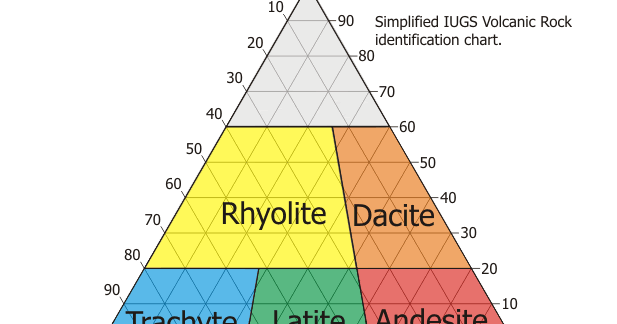
As a result, plutonic rocks are coarse-grained and volcanic rocks are fine-grained.They have very similar compositions but one is erupted onto Earth's surface and the other crystallises at depth.Granite is plutonic and rhyolite is volcanic. (1971) to discriminate between tholeiitic and calc alkaline. TIR spectroscopy and PLSR modeling to predict mineral modes in granitic rocks Samples successfully classified in QAP diagram based on TIR and PLSR Plagioclase composition within +/-8 mol An compar.So they have a similar composition but one is volcanic and the other is plutonic. The difference is that granite sits on the plutonic diagram and rhyolite sits on the volcanic diagram. So if we look at the Quartz-Alkali-Plagioclase (QAP) ternary diagram you can see that granite and rhyolite sit in similar positions. A rhyolite is this and is usually erupted onto Earth's surface. The other type is called an extrusive igneous rock and is one that breaks through to the surface to crystallise on or near the Earth's surface resulting in a fine-grained rock. Another term for this type of rock is an intrusive rock. They are characterised by large crystals which we term coarse-grained. Therefore, if we look at the quartz-alkali-plagioclase (QAP) ternary diagram, you can.


So if we assume the above to be true then the only difference between the rocks is that one is plutonic and the other is volcanic.Ī plutonic igneous rock is one that crystallises deep in the crust (can be 10s of kilometres deep). Rhyolite is like this, and it usually erupts to the surface of the earth. Please don't take this as always true but it is a close enough estimate in most cases. So I'm going to make a general comment and say that a granite is genetically the same (has the same composition) as a rhyolite.


 0 kommentar(er)
0 kommentar(er)
